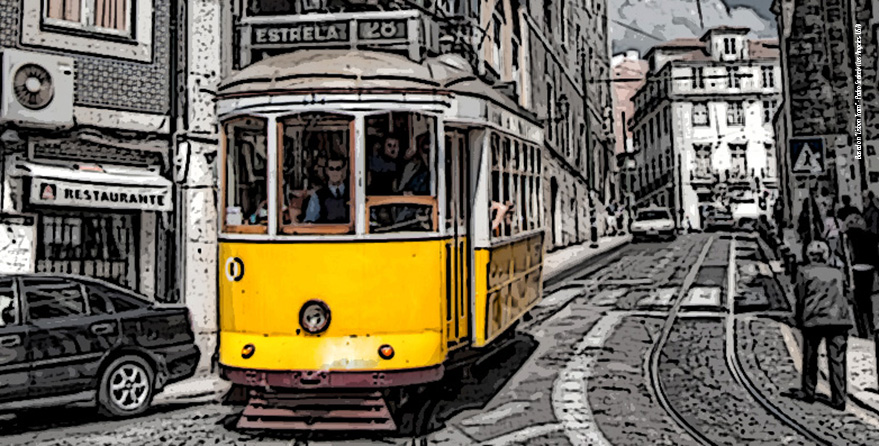Speaker
Description
Summary
The readout and trigger system of the Drift Tubes (DT) subdetector of the CMS experiment is organized in several layers. The first stage is located on the detector itself, while the second level, so-called Sector Collector (SC), was originally located in the tower racks on the sides of the detector wheels, in the experimental cavern (UXC). It is made of 10 VME crates that host 60 ROS (Read-Out Server) boards, 60 TSC (Trigger Sector Collector) boards and 10 TIM (TTC Interface Module) boards. Due to the increased data rates expected by the LHC planned upgrades there’s a need to improve the performance of these second-level electronics. A faster ROS board is needed to process the increased occupancy in the detector. On the other hand, the full muon trigger chain is being modified to operate with higher performance boards to allow early combination of the DT and RPC detectors. Doing so in its original location would have faced harsh environmental conditions and tight design constraints (magnetic field, radiation, power dissipation), so it was decided to move this stage to the service cavern (USC). This has the additional benefit of allowing much easier access to the electronics for maintenance and upgrade interventions, thus greatly improving the downtime in case of failure, and allowing carrying out further stages of the upgrade program independently of the LHC long shutdowns.
In order to make the DT data available in USC without suffering the problems associated with long electrical transmission lines, optical transmission was chosen. This system, however, has to support a data stream that is significantly DC-unbalanced, which excludes the possibility to use most commercially-available solutions. Instead, a custom electrical-to-optical system that makes a 1 to 1 link conversion was developed and produced (CUOF boards), together with the corresponding power and slow-control infrastructure. A total of 3500 fibres were laid between UXC and USC.
Since the current ROS and TSC are being re-used in this first stage of the upgrade, it was needed to also develop an optical-to-electrical conversion to ensure backwards compatibility (OFCU boards). For the case of the TSC, this conversion was hosted in an additional crate, while for the ROS, the optical-to-electrical conversion was carried out by boards placed as rear transition modules (RTM). The TSC and ROS systems are now physically separated in different crates and racks, and, in order to keep a legacy link between TSC and ROS that allows spying trigger information within the readout stream for debugging purposes, an additional board (TSC_rear) was installed as a RTM of the TSC to receive this data and send it to the OFCU-RO through an additional optical link.
The system has been commissioned with cosmics data taking during 2014 and is now ready to start operation with the LHC in 2015.
